National Nature Reserve Apálsky ostrov with 5th the highest degree of protection represents one of the exceptional and rare project sites of BROZ. This area with surface of 85.97 ha was declared in 1954 to ensure the protection of unique communities of willow-poplar floodplain forest. There is no forestry management activity in the area, thanks to which it is possible to observe forest habitats in various development stages. The presence of natural processes that are not affected by unwanted human intervention gives space for the occurrence of many rare and protected floodplain and wetland species of flora and fauna.

The reserve is also part of the network of protected areas NATURA 2000 as Site of Community Importance Dolnovážske luhy and serves to protect habitats and species of European importance. There leads no tourist trail through the area, so entry to the site is not allowed for regular visitors. Only employees of the State Nature Conservancy, zoologists and botanists, enter the area for the purpose of monitoring of protected species and habitats or active management of the area.
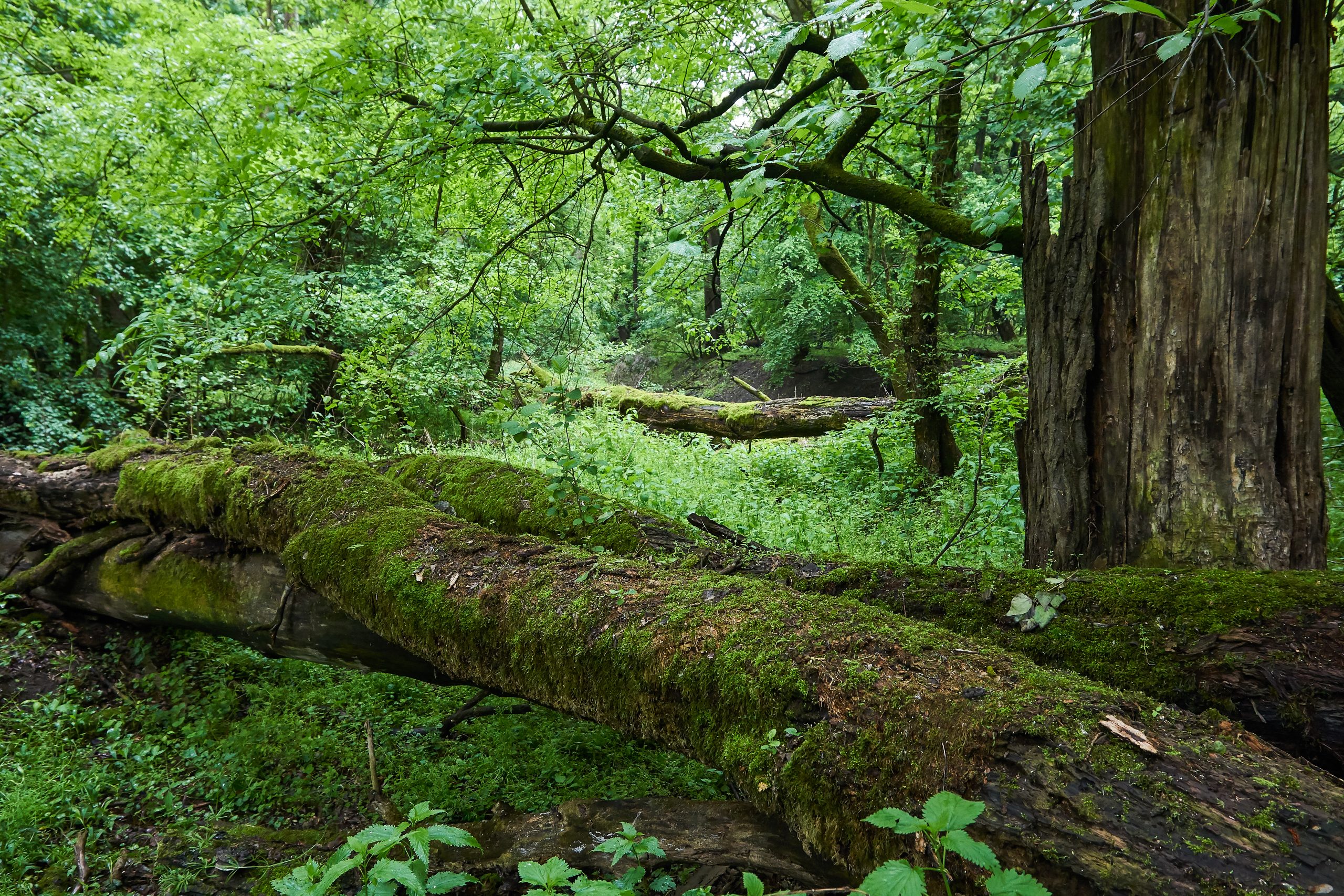
National Nature Reserve Apálsky ostrov Island lies in a floodplain area at the confluence of the rivers Váh and Stará Nitra. It is basically a river peninsula. In the past it was an island, but the river branch that surrounded it no longer exists, and it has been grounded due to gradual sedimentation.
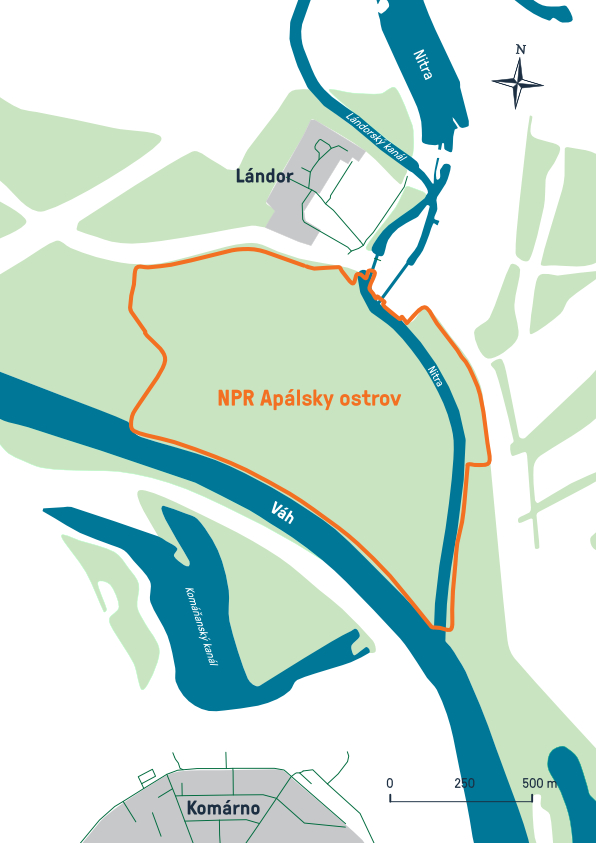
A large part of the area is covered by a preserved floodplain forest. The trees of the forest stands together with the undergrowth and the fallen dead wood create the jungle character of this reserve. The forest stands are represented by following tree species: white willow (Salix alba), crack willow (Salix fragilis), purple willow (Salix purpurea), black poplar (Populus nigra), white poplar (Populus alba), grey poplar (Populus x canescens), European ash (Fraxinus excelsior) or narrow-leaved ash (Fraxinus angustifolia).
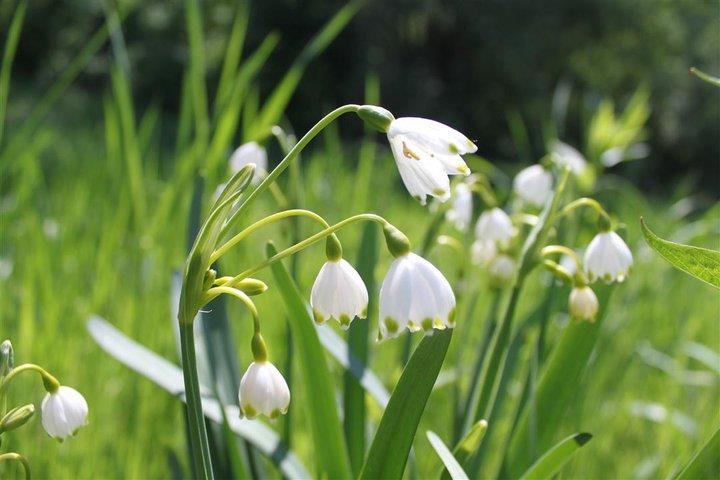
In addition to the forests, part of the reserve is also covered by meadow habitats, where the locals used to graze cattle in the past. Different wet meadows communities are represented by rich composition of plant species, many of them are endangered and protected. We can find here for example summer snowflake (Leucojum aestivum), Clematis integrifolia, Plantago altissima and others.
The area is also important from a zoological point of view, especially the occurrence of various species of birds, many of which also nest here. Apálsky ostrov Island provides safe nesting places for water birds and refuges for migratory bird species. Kingfisher (Alcedo atthis), gray heron (Ardea cinerea), black stork (Ciconia nigra) and white-tailed eagle (Haliaeetus albicilla) our largest raptor were recorded at the site.
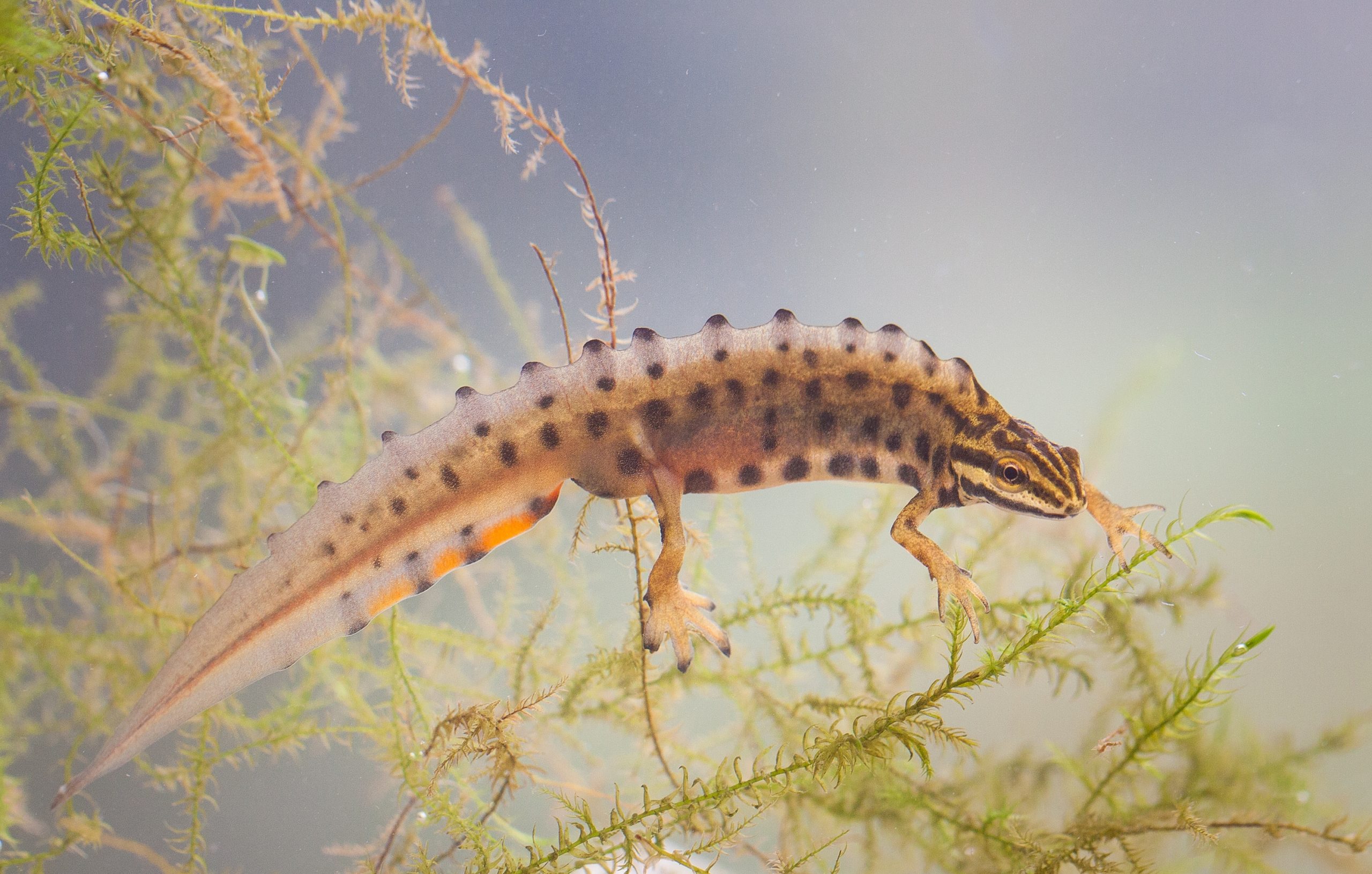
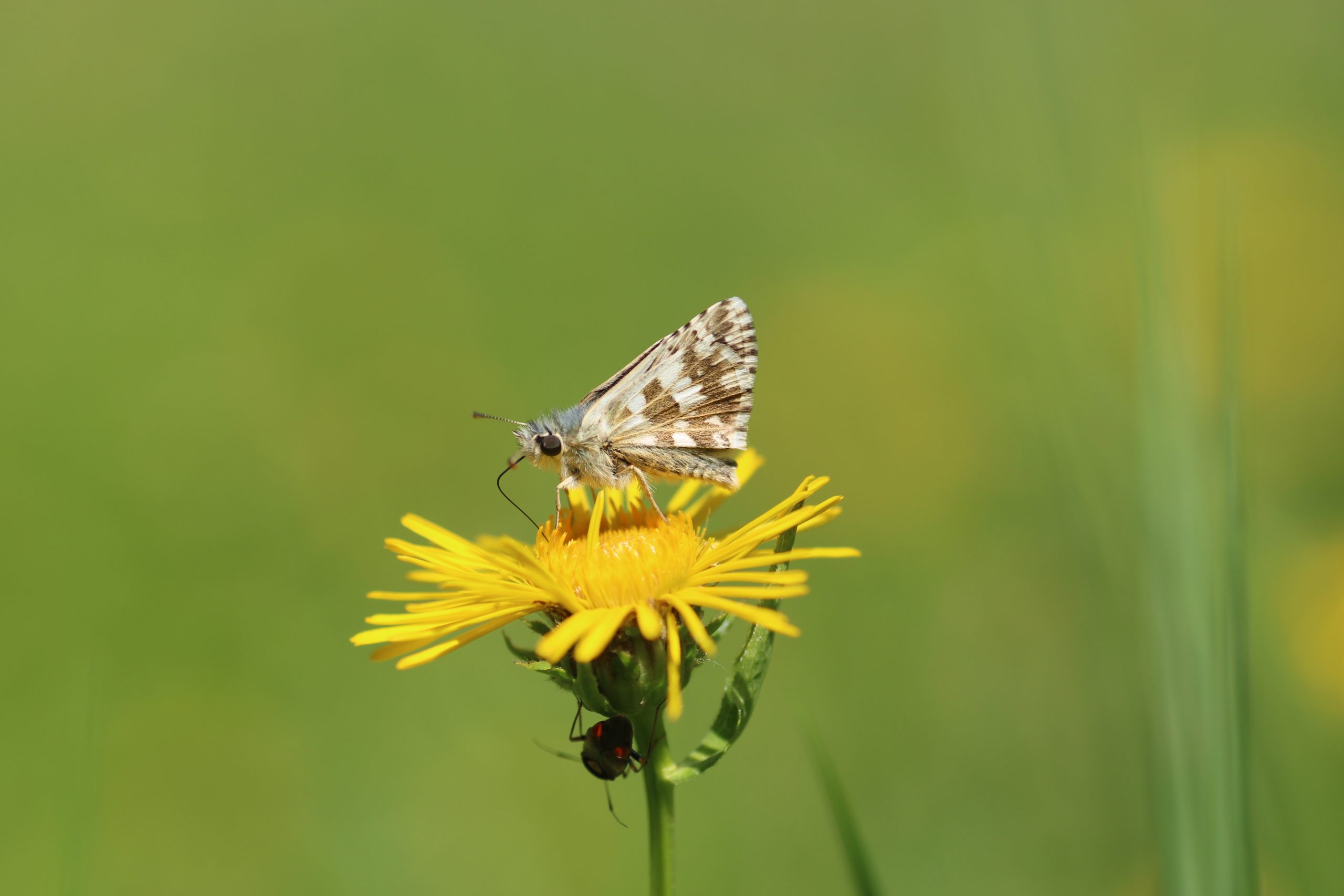
Reptiles are represented by grass snake (Natrix natrix), slow worm (Anguis fragilis), amphibians by yellow-bellied toad (Bombina variegata), common spadefoot (Pelobates fuscus) or smooth newt (Lissotriton vulgaris). The occurrence of several species of fish, mammals and a diverse spectrum of insects is also significant.












